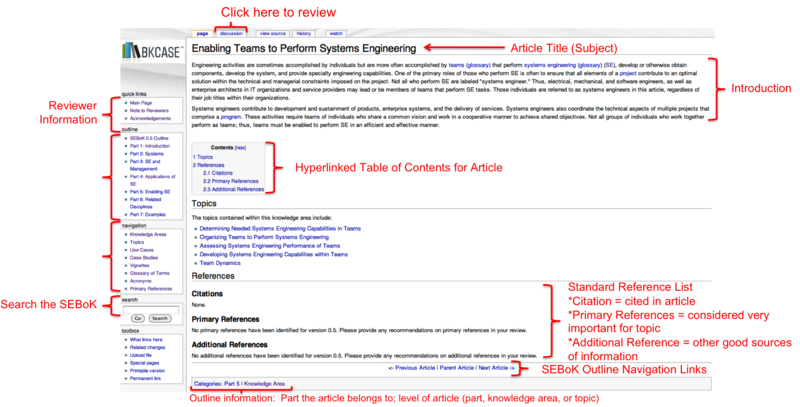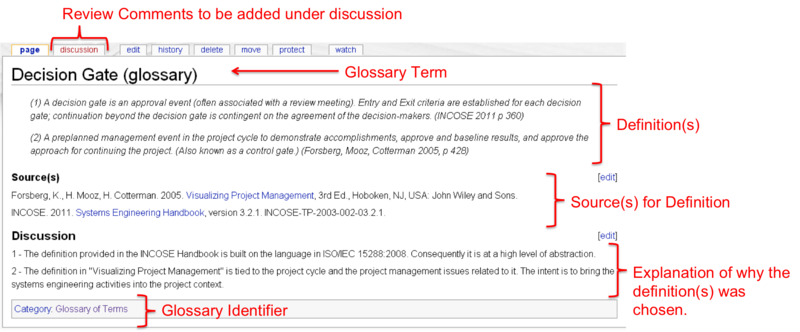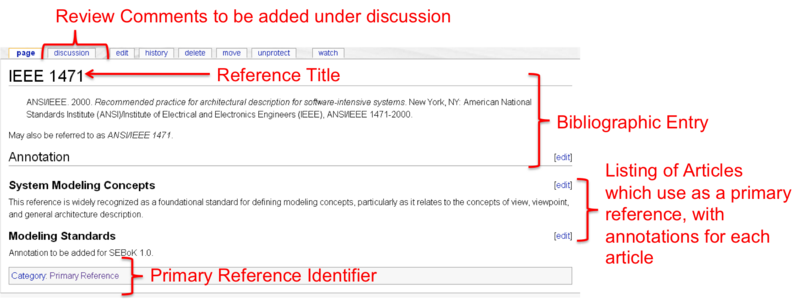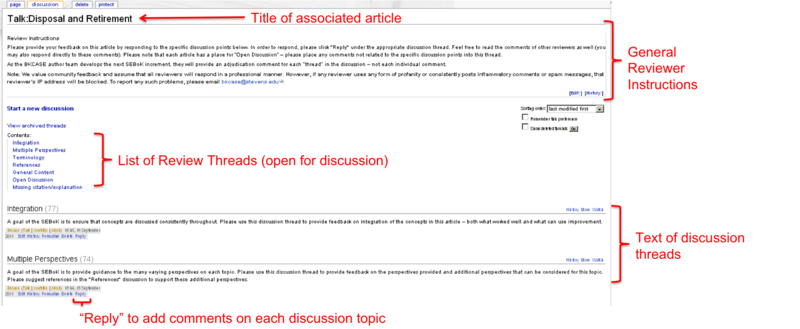Difference between revisions of "How to Read the SEBoK"
| Line 11: | Line 11: | ||
The following is an example of a content article, showing the different types of information contained in each article. | The following is an example of a content article, showing the different types of information contained in each article. | ||
| − | [[File:SEBoK_ArticleExplanation.png]] | + | [[File:SEBoK_ArticleExplanation.png|800px]] |
==Glossary Article== | ==Glossary Article== | ||
| Line 17: | Line 17: | ||
The following is an example of a glossary article, showing the different types of information contained in each article. | The following is an example of a glossary article, showing the different types of information contained in each article. | ||
| − | [[File:SEBoK_GlossaryExplanation.png]] | + | [[File:SEBoK_GlossaryExplanation.png|800px]] |
==Primary Reference Article== | ==Primary Reference Article== | ||
| Line 23: | Line 23: | ||
The following is an example of a primary reference article, showing the different types of information contained in each article. | The following is an example of a primary reference article, showing the different types of information contained in each article. | ||
| − | [[File:SEBoK_PrimRefExplanation.png]] | + | [[File:SEBoK_PrimRefExplanation.png|800px]] |
==Review/Discussion Threads== | ==Review/Discussion Threads== | ||
The following is screen shot of how the discussion threads will appear for reviewers. These threads will be used to capture feedback on SEBoK 0.5. | The following is screen shot of how the discussion threads will appear for reviewers. These threads will be used to capture feedback on SEBoK 0.5. | ||
| + | |||
| + | [[File:SEBoK_DiscussionExplanation.png|800px]] | ||
Revision as of 06:47, 19 September 2011
The SEBoK is a collection of several different types of articles, which are organized around central themes. There are three different articles types:
- Content Articles - these are the articles that comprise the main body of the SEBoK (please see Structure of the SEBoK for an explanation of the organization or SEBoK 0.5 Outline for the full table of contents) ;
- Glossary Articles - each glossary term has its own article, which is intended to provide a place for definition, definition sources, and discussion that reflects the state of practice for using this term in the community; and
- Primary Reference Articles - each primary reference (or reference identified as critically important) has it's own article, which provides the full bibliographic information for that source, lists the article(s) which consider the source a primary reference, and provides discussion on why the source is important for each of these articles.
For every article in the wiki, reviewers have an opportunity to provide feedback using the "discussion" tab located at the top of the page. Below are a series of screen shots showing the different types of wiki articles and what the review pages look like. (Please see Note to Reviewers for more information on reviewing SEBoK 0.5.)
Content Article
The following is an example of a content article, showing the different types of information contained in each article.
Glossary Article
The following is an example of a glossary article, showing the different types of information contained in each article.
Primary Reference Article
The following is an example of a primary reference article, showing the different types of information contained in each article.
Review/Discussion Threads
The following is screen shot of how the discussion threads will appear for reviewers. These threads will be used to capture feedback on SEBoK 0.5.



